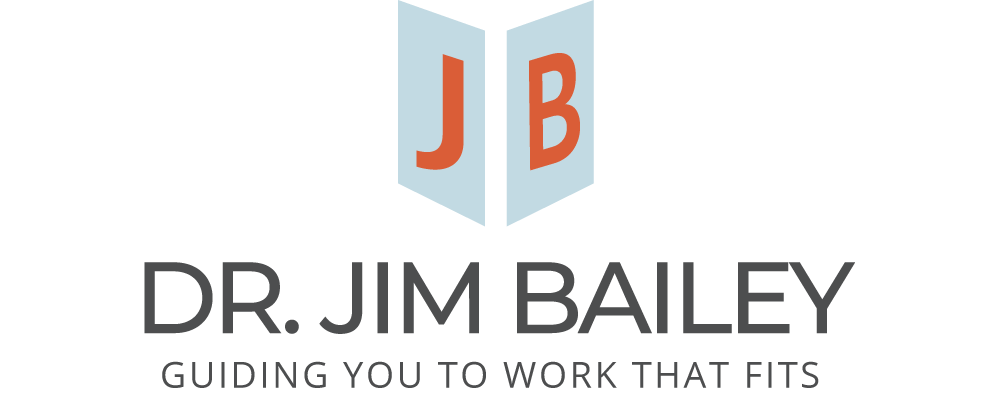Using the Great American Labor Shortage to Your Advantage
At a Panera Bread location where I frequently meet with clients, August usually brings a steady stream of job applicants from local high schools and the University of Tennessee seeking part time work. But this year, the stream is only a trickle. A manager at that store recently informed me that he’s “making due with 19 employees, when we had 39 before the COVID-19 pandemic”. Covering the gap has made his work and that of his employees an exhausting, stressful slog, as available workers to fill his vacant jobs have been scarce.
Due to a phenomenon some are calling The Great American Labor Shortage businesses across our region and the nation, both small and large, are being forced to cut back on hours and services to stay open. This summer the Jason’s Deli location I also haunt began closing at 5 p.m. instead of 9 and changing menus and ordering processes to adapt to a staffing level that’s 35% lower than past summers. Now they’re also considering closing completely on Saturdays, as the number of patrons is insufficient to make payroll and keep the store open.
September could be a turning point in the tight labor market that has plagued the post-pandemic recovery. As employers and economists watch to see whether the Sept. 4 end of expanded federal unemployment benefits and a return to in-person schools will lead more workers to fill open positions, one thing is becoming apparent: This isn’t 2019.
Whether you’re looking to hire a restaurant cook or a bank compliance officer, talent acquisition strategies have changed dramatically since the pandemic began. The employment challenge is less about the unemployment rate, and more about the ability of businesses to fill their open jobs. This paradox of relatively high unemployment paired with record numbers of job openings means that many businesses are in a squeeze to find the workers they need.
Companies that were once thought to be examples of “hourly wage work” (Costco, Target, Walmart) are now advertising starting salaries, benefits, and signing bonuses in job postings, and potential hires are seeking — and often getting — a degree of flexibility in where they live and how they work that very few would have dreamed possible before 2020. Increasing numbers of workers are jumping ship in search of more favorable working conditions. Workers who spent the pandemic working remotely are now demanding flexible work options and hybrid schedules, with days on-site and days when they work from home.
This new world of work has created a national market for talent. Stressed to the limit by the labor shortage, employers have been forced to hire positions previously put “on hold” during the pandemic. Candidates formerly out of consideration due to old thinking about credentialing or non-traditional career histories can now find themselves serious contenders for jobs in other fields.
Fields where workers are scarce
Pushed to the brink by the surge in Delta variant cases the health care system is now considering candidates with “non-traditional” career paths to fill many positions. The leisure and hospitality industry, particularly hard-hit at the beginning of the pandemic is still 20% below its June 2019 level as hotels continue to struggle to find enough staff. Banks are seeing a similar dynamic in hiring for teller positions – an entry point for many who want to make a career in banking and finance.
And while our colleges continue to produce “supply chain” and “logistics” graduates, the transportation industry is strapped to the limit by a shortage of viable candidates to supervise and handle the actual tasks of moving the country’s goods. Ironically, if you’re wired for working alone and having a flexible schedule a commercial driving license and the ability to drive a truck could be your ticket to a $10,000 signing bonus – even if you’re still in training.
Of course, I would be remiss if I failed to mention one of my personal passions – the building trades. Although many of my clients dismiss the occupations of plumber, electrician, H/VAC technician, mason, carpenter and auto mechanic, these skill jobs are in higher demand than ever due to the “aging out” of so many workers in these industries and people’s need to maintain what they once routinely replaced. Taken with the seemingly endless onslaught of natural disasters, people with trade skills are virtually assured of steady work well into the future and with it, previously unthinkable, six-figure incomes.
The key thought to carry if you’re thinking of a career transition and want the guarantee of work is “what are the jobs that are in such high demand that employers absolutely cannot afford to lose a good candidate?” With employers no longer in a position to ignore the ideas of purpose and work-life compatibility, you have more ability to negotiate a job that fits the work-life you want you than ever before. You have more ability to tailor your schedule, your location, your benefits and pay than ever before.
Your biggest challenge, then, is to determine exactly what it is that will make your work fit you.
If you’d like to discuss these ideas with me, simply click this link and I’ll be happy to set up our conversation.

